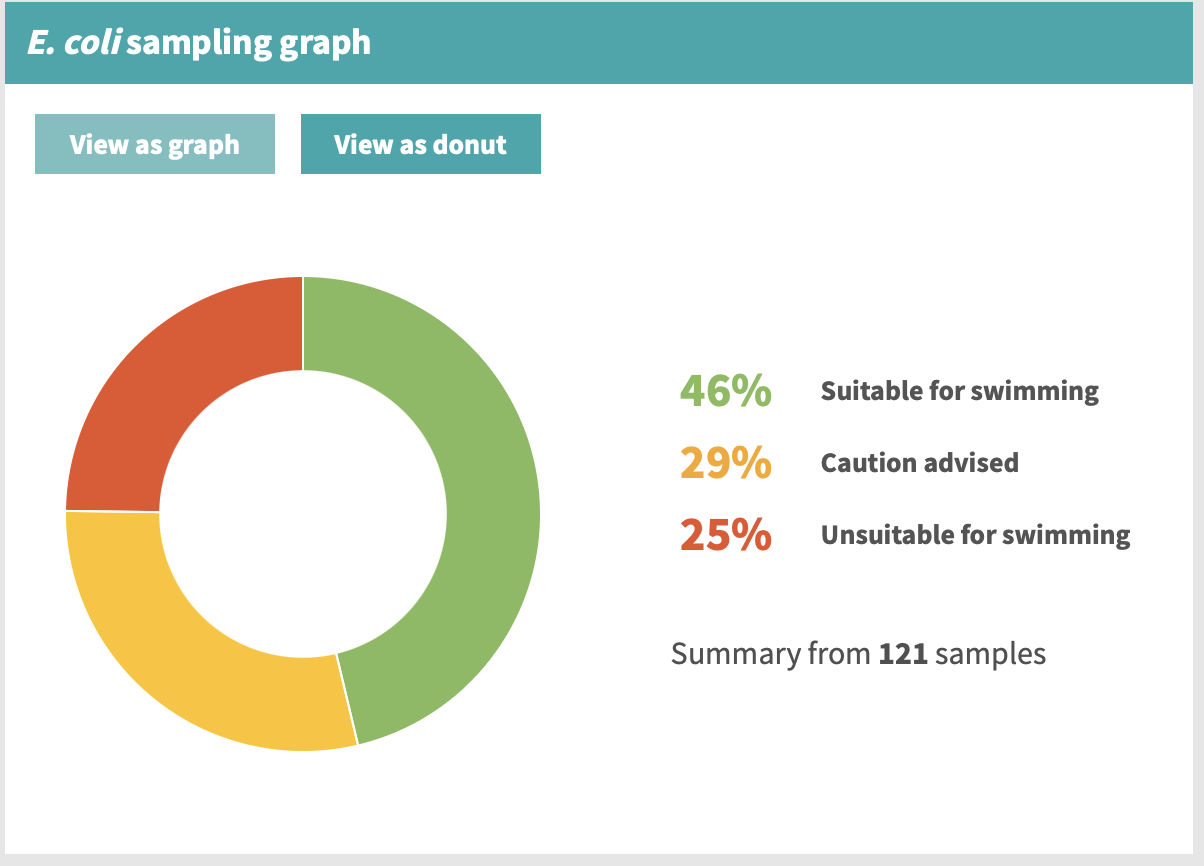Balanced beaches: birds, babies, bikes, boats
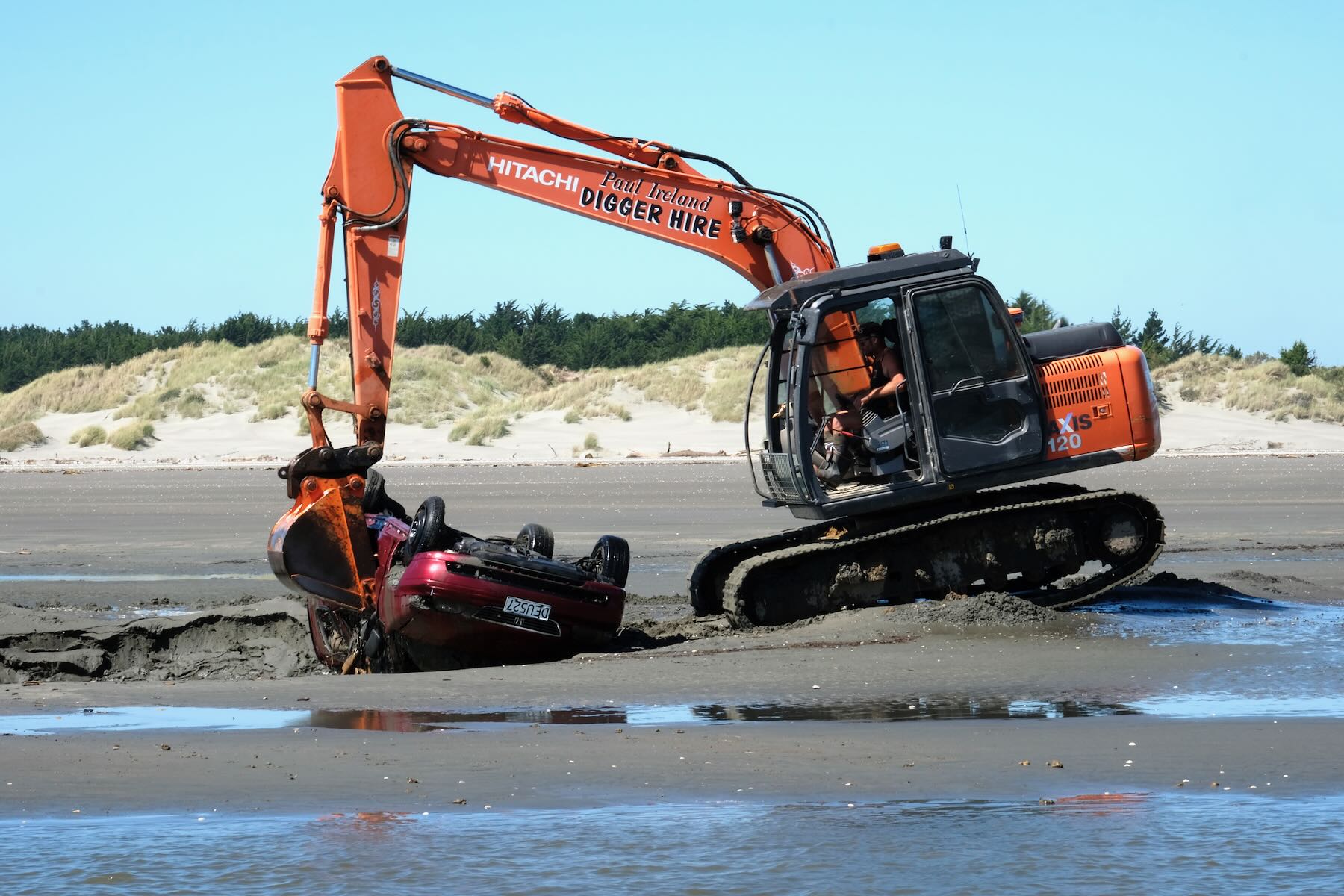
Our community is in for a big discussion soon about vehicle access to Waikawa Beach. The article below is longer than usual but covers quite a bit: what the law says, what different Councils allow, some of the concerns.
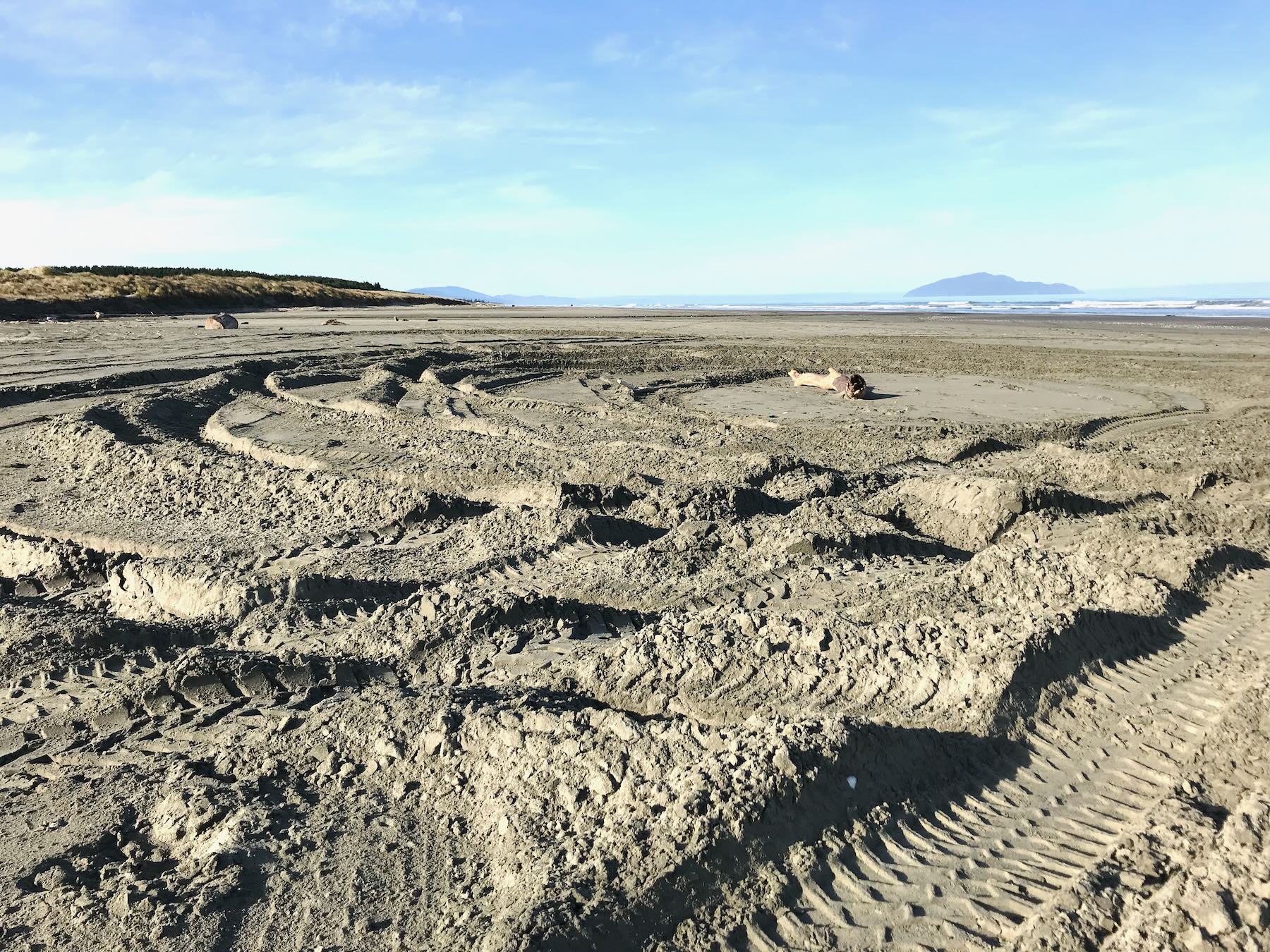
The article is intended to bring together factual and useful information to enable a helpful discussion.
Also take a look at the now frequently updated post Articles about vehicles causing problems on beaches.
Table of Contents
** The beach is a road
** A beach is the sand between high and low water
** Rules about beaches and vehicles
*** Emergency services override
*** Dunes are off-limits
*** Wellington: no vehicles on beaches
*** Porirua has boat launch spots
*** Kāpiti bans bikes, allows vehicles to launch boats
*** Horizons Regional Council pass responsibility
*** Horowhenua District Council limits speed
*** Other places, other policies
** Concerns about conflict and damage
** Balancing competing demands
** Sentiment against vehicles on beaches
** Next actions
The beach is a road
You know, according to NZ Law, the beach is a road. It’s right there in the Land Transport Act 1998. In Part 1, the Interpretation, it says: “road includes— (c) a beach.”
This is the same law that requires drivers to be licensed and vehicles to be safe and operated in compliance with rules. The Police are the ones who enforce these laws.
Section 7.2 of the Act says: “(2) A person may not drive a motor vehicle, or cause a motor vehicle to be driven, at a speed or in a manner which, having regard to all the circumstances, is or might be dangerous to the public or to a person.” While Section 8 specifies: “A person may not drive a vehicle, or cause a vehicle to be driven, carelessly or without reasonable consideration for other persons.”

A beach is the sand between high and low water
NZ Law doesn’t seem to specify what a ‘beach’ is, but various organisations have complex statements about inter-tidal zones and mean low water springs and such. Meanwhile, the Ōtorohanga and also Waikato District Councils state it succinctly: “Beach means: that area of sand between high and low water level.” That’s something we can all understand.
It’s up to local authorities though to deal with the operational aspects of local roads. Waka Kōtahi deal with State Highways. Local authorities set speed limits, can close roads, bar certain vehicles or at certain times, and so on.
Rules about beaches and vehicles
Emergency services override
In general, where Councils around Aotearoa New Zealand have policies or bylaws about vehicles on beaches, they have an override clause that allows for emergency services, certain approved Council works, surf lifesaving or sometimes organisations such as DoC or researchers.
Dunes are off-limits
No Councils allow vehicles in dunes, except on provided tracks.
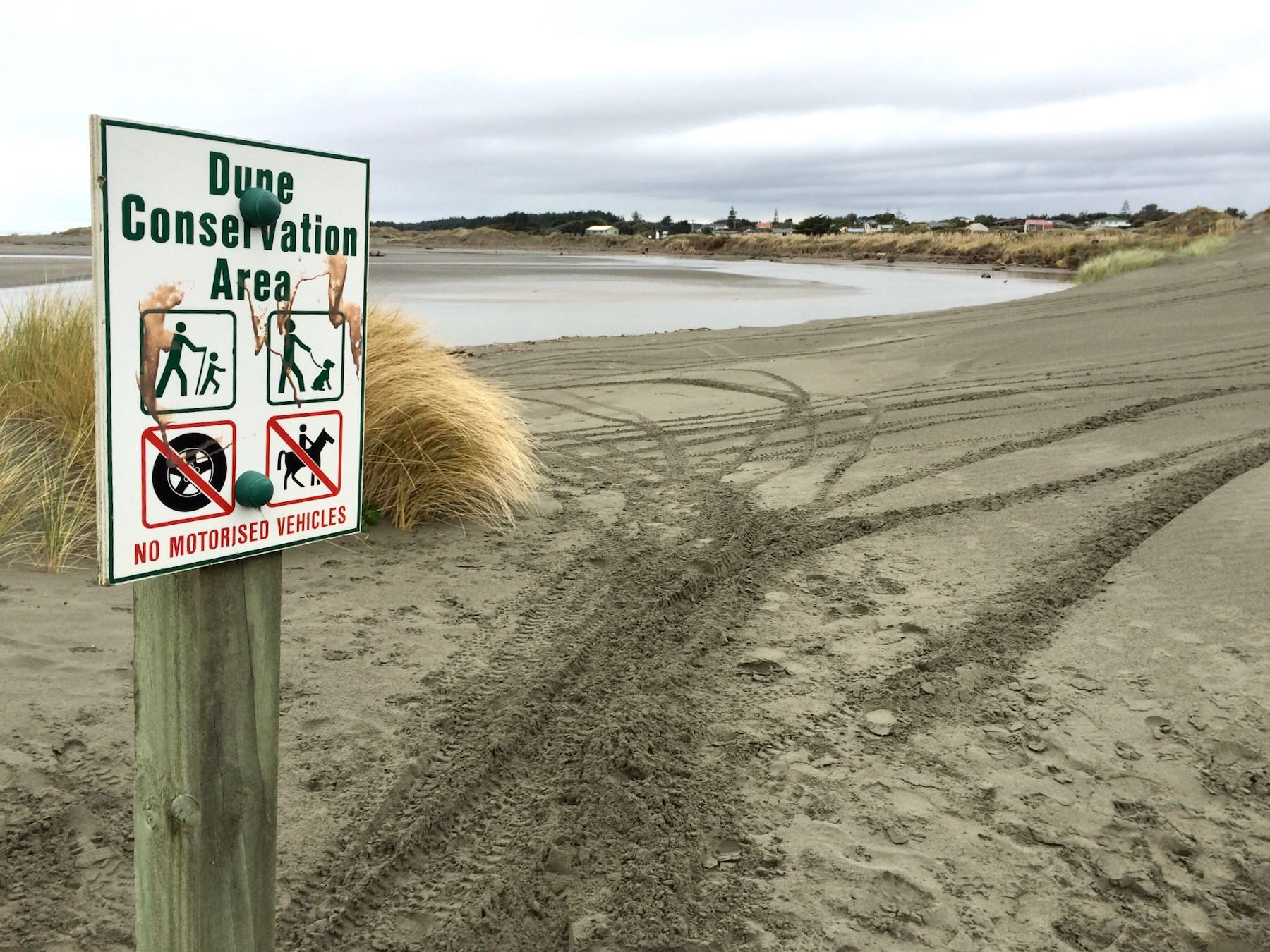
Wellington: no vehicles on beaches
Although the ‘beach is a road’, Wellington City Council in its Public Places Bylaw 2022 doesn’t allow motor vehicles on beaches:
Part D: Offences and penalties, 23. Offences, 23.3 Under this Bylaw no person may: o. operate or drive a vehicle on a beach;”
In their Traffic and Parking Bylaw, 2021 they elaborate that vehicles may launch or land boats in specified areas:
- Beaches 20.1. No person may drive, ride or park a motor vehicle on a beach unless –(a) it is necessary to do so in order to launch or land a boat at a boat launching area designated by the Council resolution; or (b) the person has the prior written permission of the Council to do so and complies with any conditions imposed by the Council on its written permission.
Porirua has boat launch spots
Porirua City Council’s Transport Bylaw 2021 Schedule “L”: Vehicles on beaches specifies exact boat launch points, but otherwise bans vehicles from beaches.
Kāpiti bans bikes, allows vehicles to launch boats
Closer to home, Kāpiti Coast District Council’s Vehicles on the beach makes it simple:
“Vehicles are not permitted on most beaches in Kāpiti. Two-wheeled and off-road motorbikes are not permitted on any beach, foreshore or dune areas.”
Kāpiti specify certain boat launch areas and beach access points, limit speed to 20 Kph. Pedestrians, bathers, horses and dogs have priority at all times. To help with their motorbike ban they explain the reasoning and point riders to places they can go to for off-road biking.
The guidance is backed up by Kapiti Coast District Council Beach Bylaw 2021.
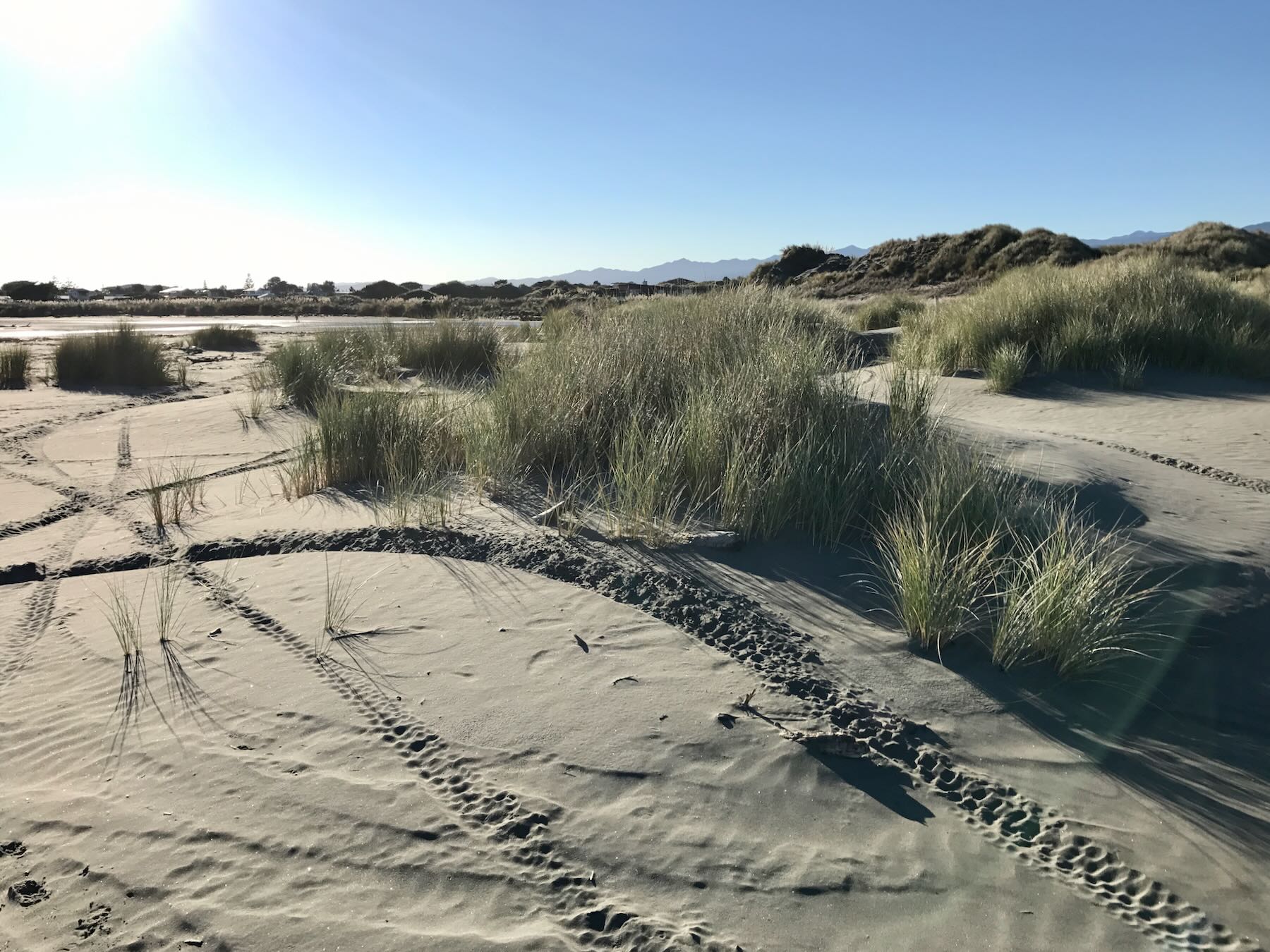
Horizons Regional Council pass responsibility
Horizons Regional Council’s One Plan - 2014 Chapter 8 Coast says:
Method 8-3 Vehicle Bylaw: The Regional Council recognises that vehicles on dunes and beaches is an increasing issue, particularly for the Region’s west coast. This issue cannot be successfully managed through the RMA or consent processes. It is considered that a bylaw should be developed and applied consistently across the west coast, to control the future use of vehicles on dunes and beaches.
It continues:
Targets: Each Territorial Authority to adopt a bylaw for their district to control vehicles on dunes and beaches.
Horowhenua District Council limits speed
That brings us to Horowhenua District Council whose Schedule 3, Roads that have a Speed Limit of 30 Km/hr, in the Land Transport Bylaw 2017 sets the speed limits on all beaches to 30 Kph:
All beach areas from the Horowhenua/Manawatu District Boundary and extending south to the Horowhenua/Kapiti Coast District Boundary and covers the beach from the Mean Low Water Spring (Mean Low Tide Point) to the toe of the foredunes fronting the beach.
I couldn’t find any other beach policies or rules for Horowhenua.
Other places, other policies
Where Councils in Aotearoa New Zealand have policies or bylaws about motor vehicles on beaches commonalities occur.
- certain beaches are off-limits at all times; others at certain times.
- certain parts of beaches allow vehicles; sometimes only for specific purposes such as launching boats; sometimes requiring a permit or even a fee.
- some beaches allow vehicles with mobility stickers. Bay of Plenty Regional Council | Toi Moana specifically allows “Access for people with disabilities”.
- Tauranga City Council’s Beaches Bylaw 2018 bans vehicles except for boat launching. “All-terrain vehicles (ATVs) that display a council permit may be driven on [certain parts of] the beach for recreational fishing purposes only.”
- Waikato District Council’s Reserves and Beaches Bylaw 2016 bans vehicles from beaches apart from dealing with boats at specified points. Speed restricted to 10 Kph.
Concerns about conflict and damage
Many Councils have referred to negative consequences of allowing vehicles on beaches:
- danger to people, dogs, horses
- erosion
- damage to wildlife habitat such as bird nests
- damage to the environment
- noise disturbs people and also wildlife
- vehicle vibrations are sufficient to disturb birds nesting on the ground
- even well-behaved traffic may disrupt birds from feeding and bringing food back to their chicks
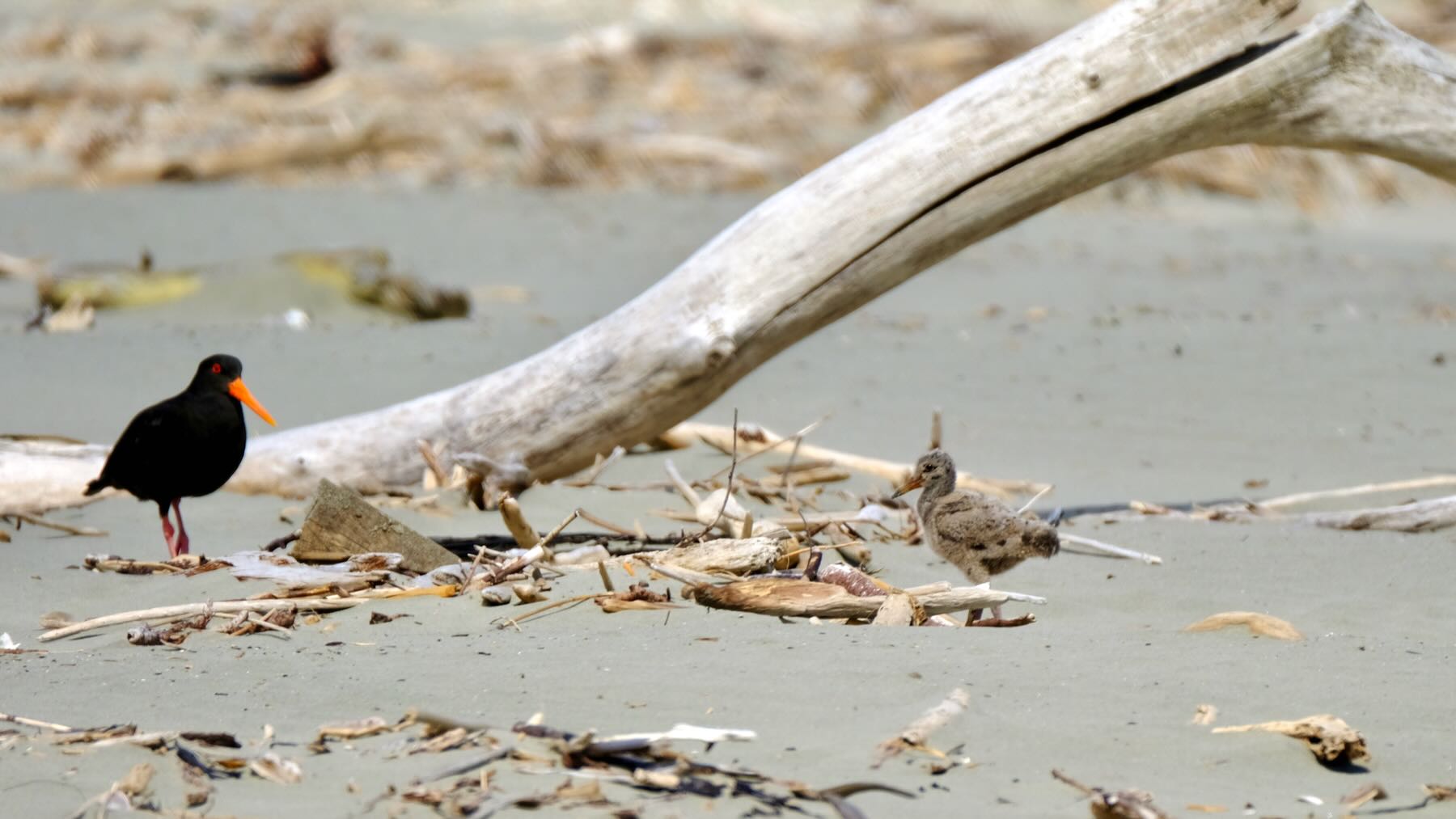
This from Northland Regional Council expresses some of these concerns well — Driving on the beach:
The increasing number of vehicles on Northland beaches is causing problems for other beach users. People using popular beaches for activities such as swimming, sunbathing, fishing and playing sports are encountering vehicles driving at unsafe speeds and too close to children and other beachgoers.
Balancing competing demands
Councils that have policies or bylaws about vehicles on beaches discuss the problems vehicles create, such as endangering people, birds and sealife, the environment.
There is a lot of concern about the dangers posed by vehicles on beaches. As Thames-Coromandel District Council says: “vehicles and busy beaches don’t mix.”
Councils generally make some allowance for certain activities such as launching and retrieving boats, carrying gear to the water’s edge, or enabling access for people with mobility problems.
Councils may ban some kinds of vehicles while allowing others, set seasonal restrictions, or restrict certain beaches or parts of beaches.
Sometimes a free or paid permit system is used to control access. For example, Auckland Council: “a beach driving permit for Muriwai and Karioitahi beaches”. Waimakariri District Council issues permits for whitebaiting.
Councils often set speed limits, often 20 Kph. Waimakariri District Council require vehicles to “slow down to 10km/h when within 50 metres of people.” — Beaches & Estuary
Sentiment against vehicles on beaches
“During [Hastings District] Council’s Long-Term Plan consultation last year [2020], some submitters requested to extend the partial vehicle ban on Waimārama Beach.” — Vehicles on Waimārama Beach
Christchurch City Council, 9 Nov 2020 — Seal pup’s death a reminder to drive carefully on beaches: People are encouraged to drive carefully on the foreshore after a critically injured kekeno/seal pup had to be euthanised on a Christchurch beach.
Northland Regional Council “people have been injured – and even lost their lives – on Northland beaches through inappropriate vehicle use. “ — Driving safely on the beach
Waikato Regional Council: “We get people driving on the beach and dunes [Port Waikato]. It makes the bird side of things quite difficult, especially with the banded dotterel area which is central in the dunes. We can fence in the nests but that doesn’t protect the chicks. The chicks will move out of the fenced area to feed and can’t fly out of harm’s way.”— Life’s a beach!
Next actions
As noted above, Horizons Regional Council suggested Territorial Authorities in this region should “adopt a bylaw for their district to control vehicles on dunes and beaches.”
It seems an easy next action for folks at Waikawa Beach and other Horowhenua beaches to raise this with Horowhenua District Council.
We should also ask ourselves what such a bylaw should contain. There are some good examples in what other Councils around Aotearoa New Zealand are doing.
What are your thoughts about vehicles on Waikawa Beach? Email admin@wow-waikawa.nz with your comments. Please include whether I may publish your comments (I may not publish them in full) and if I may use your Name. I may not publish all comments I receive.

